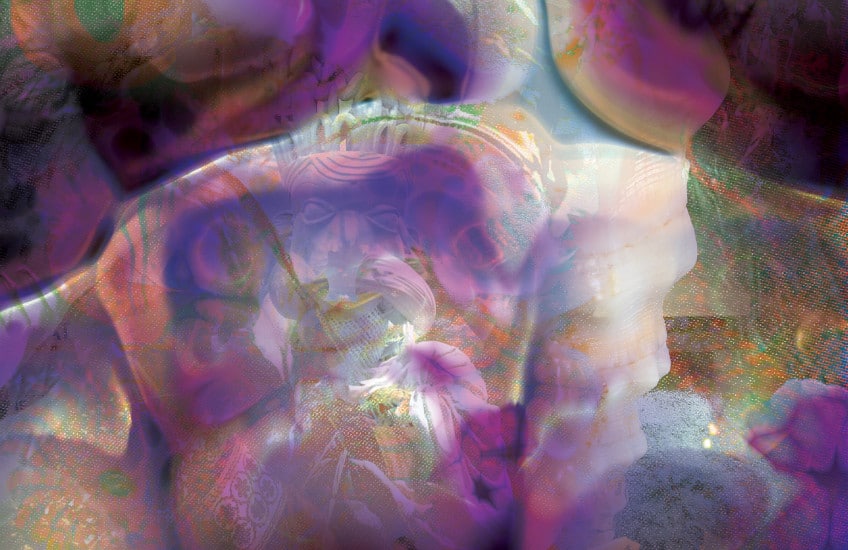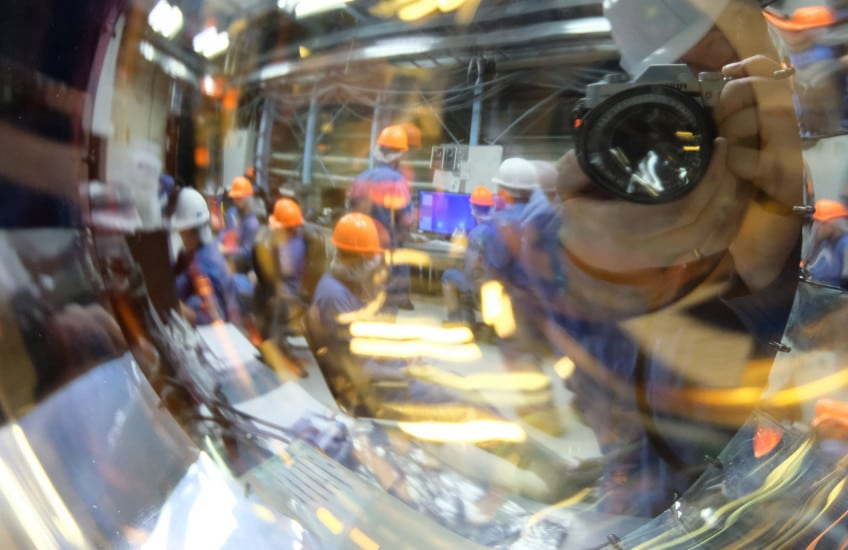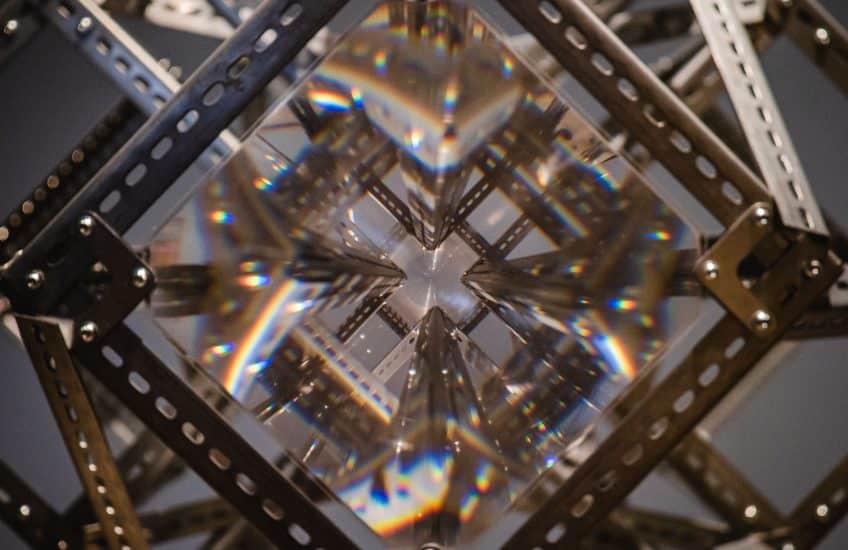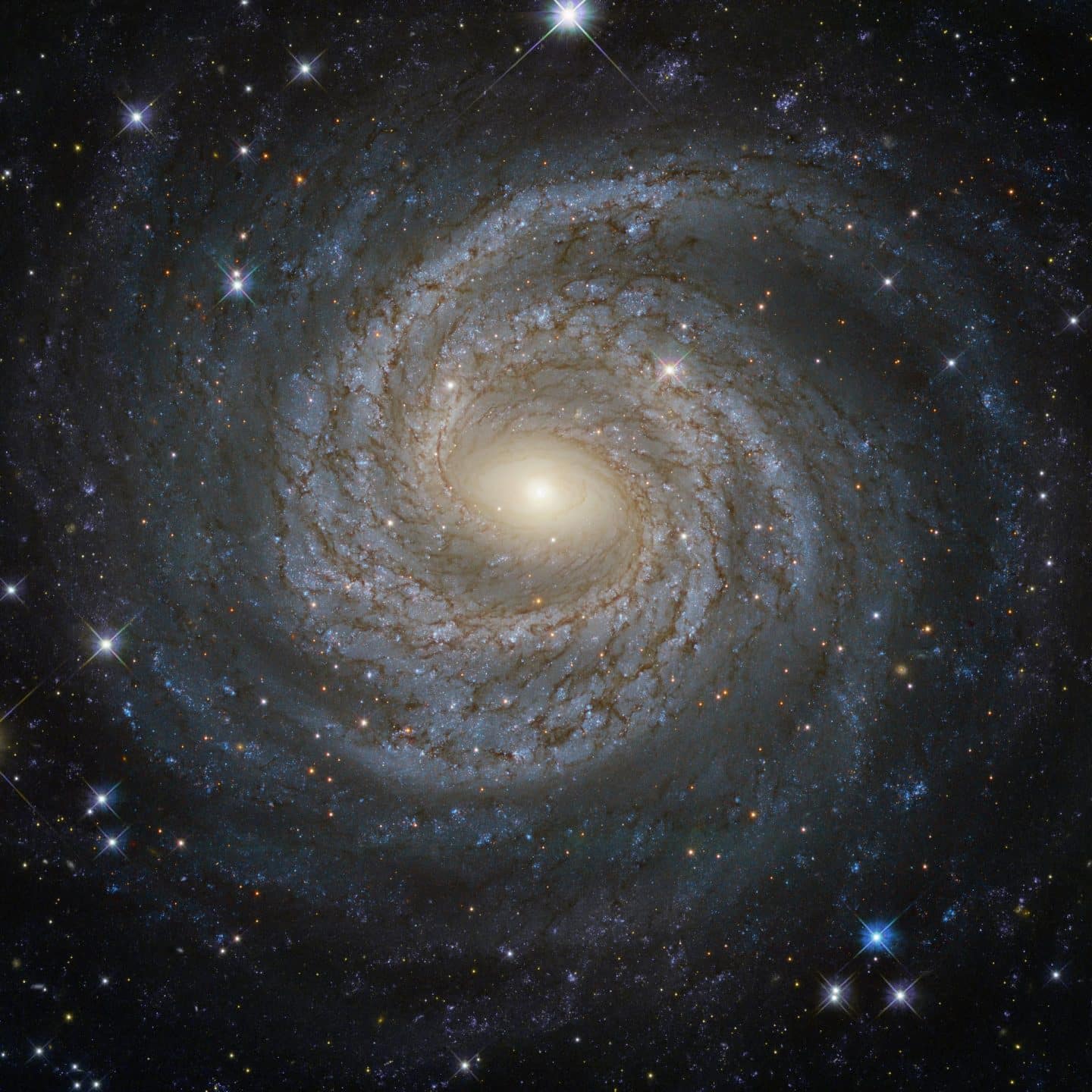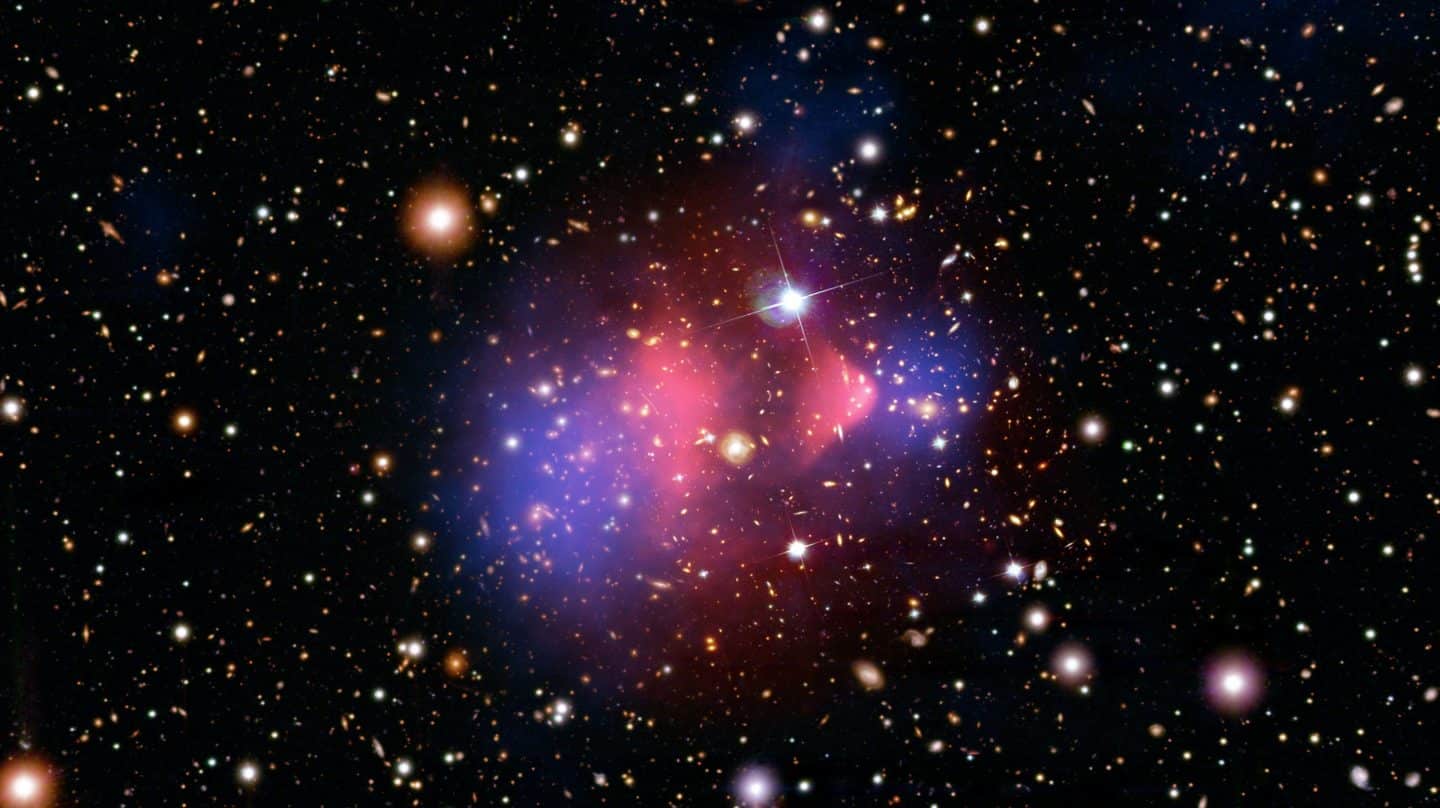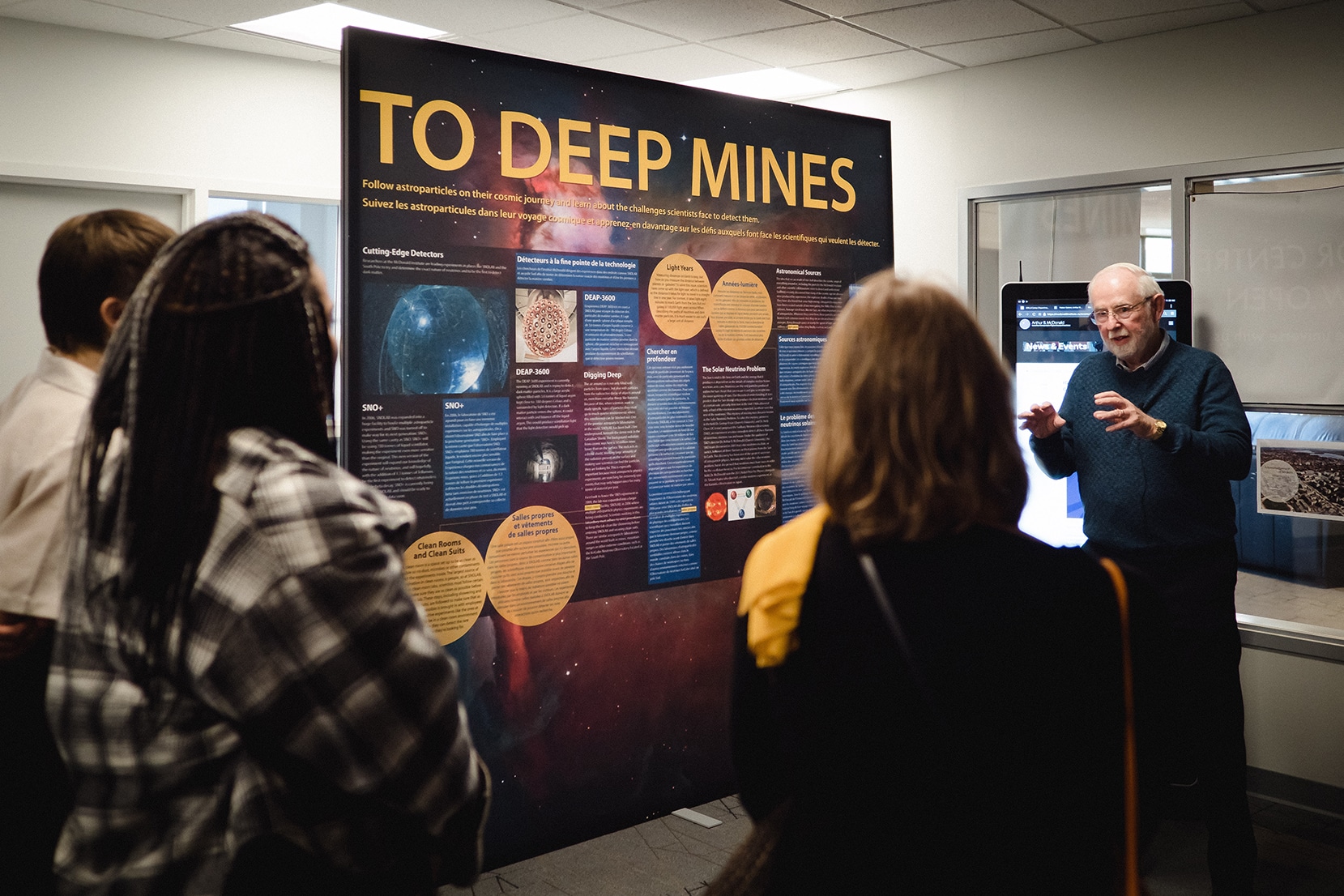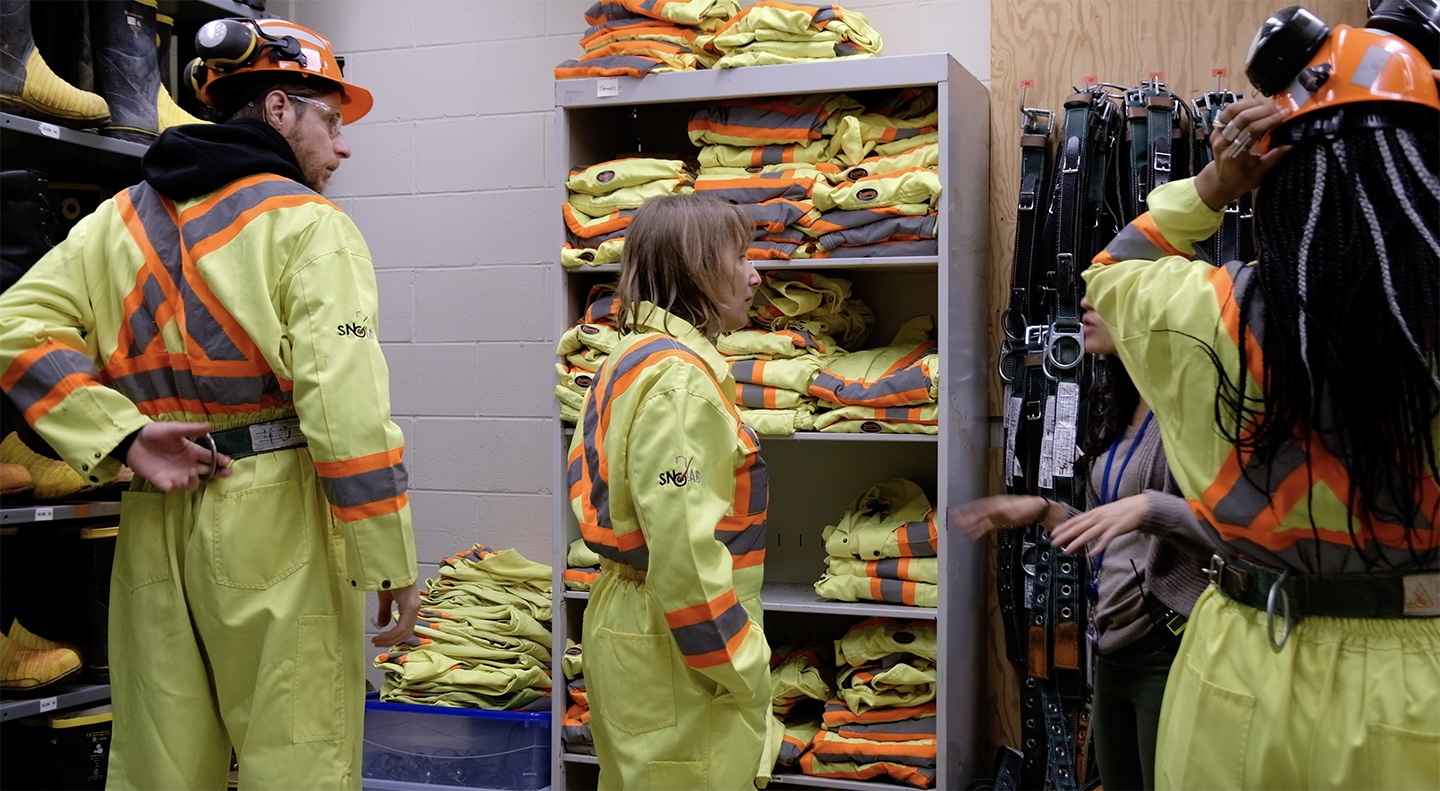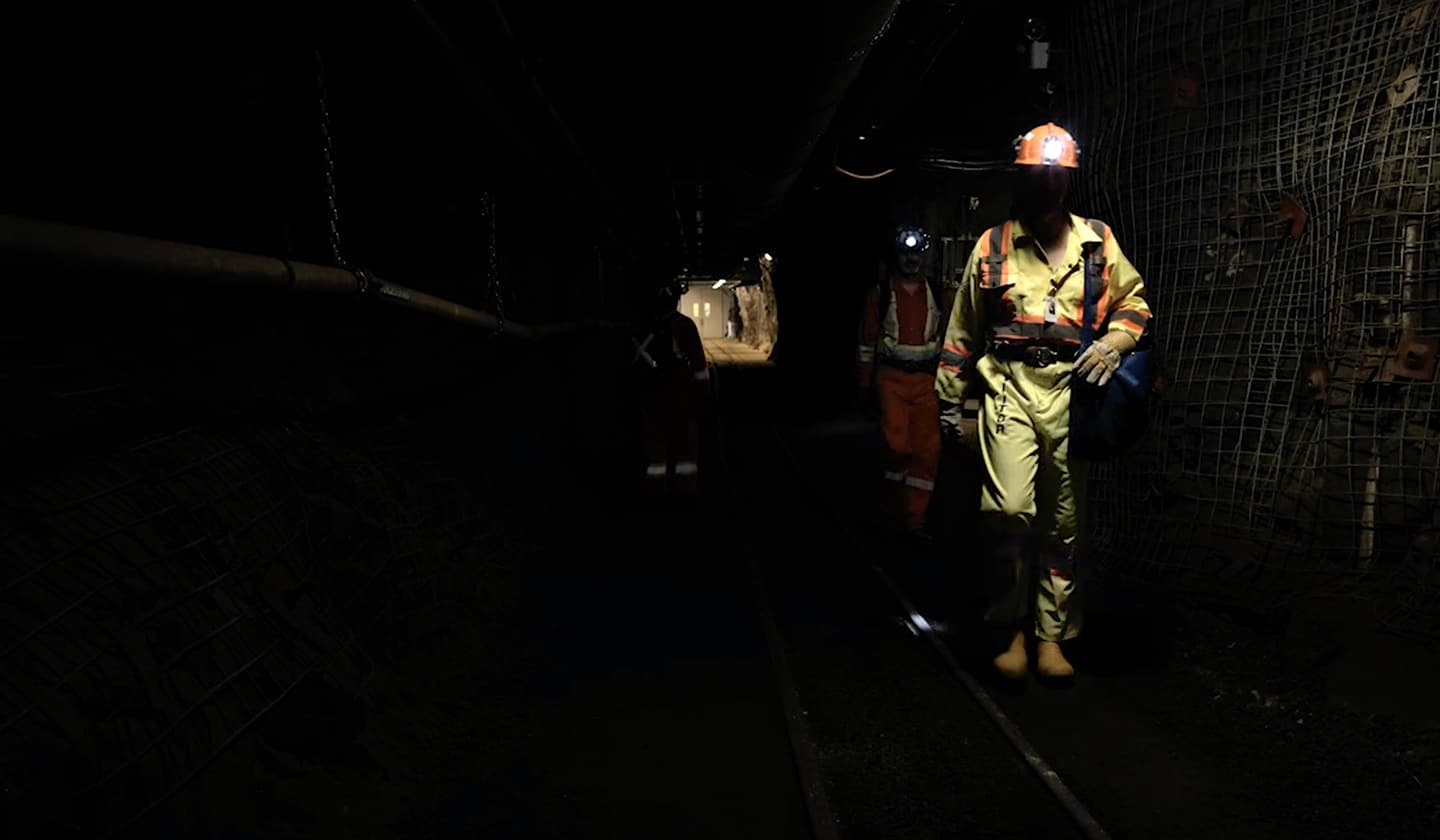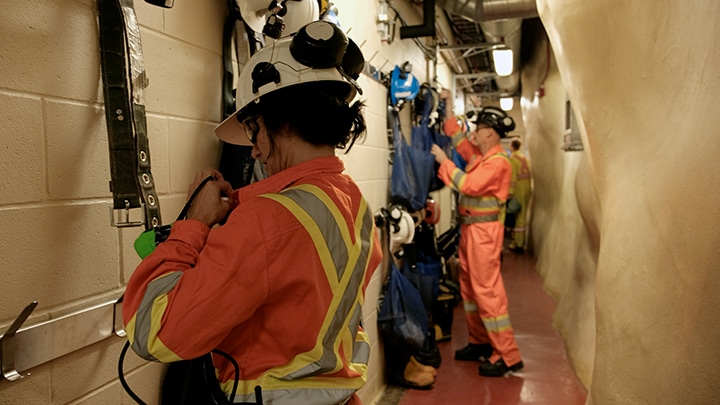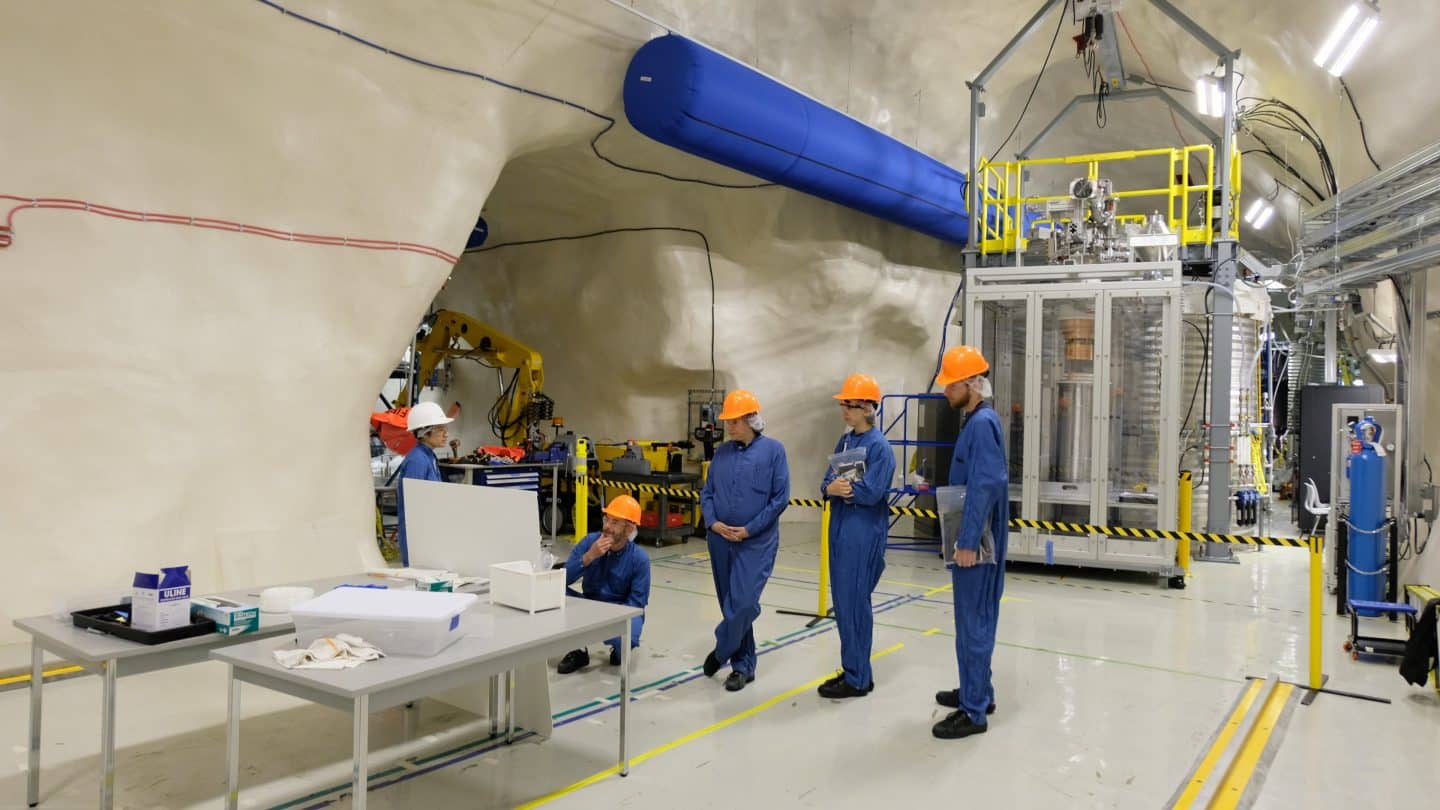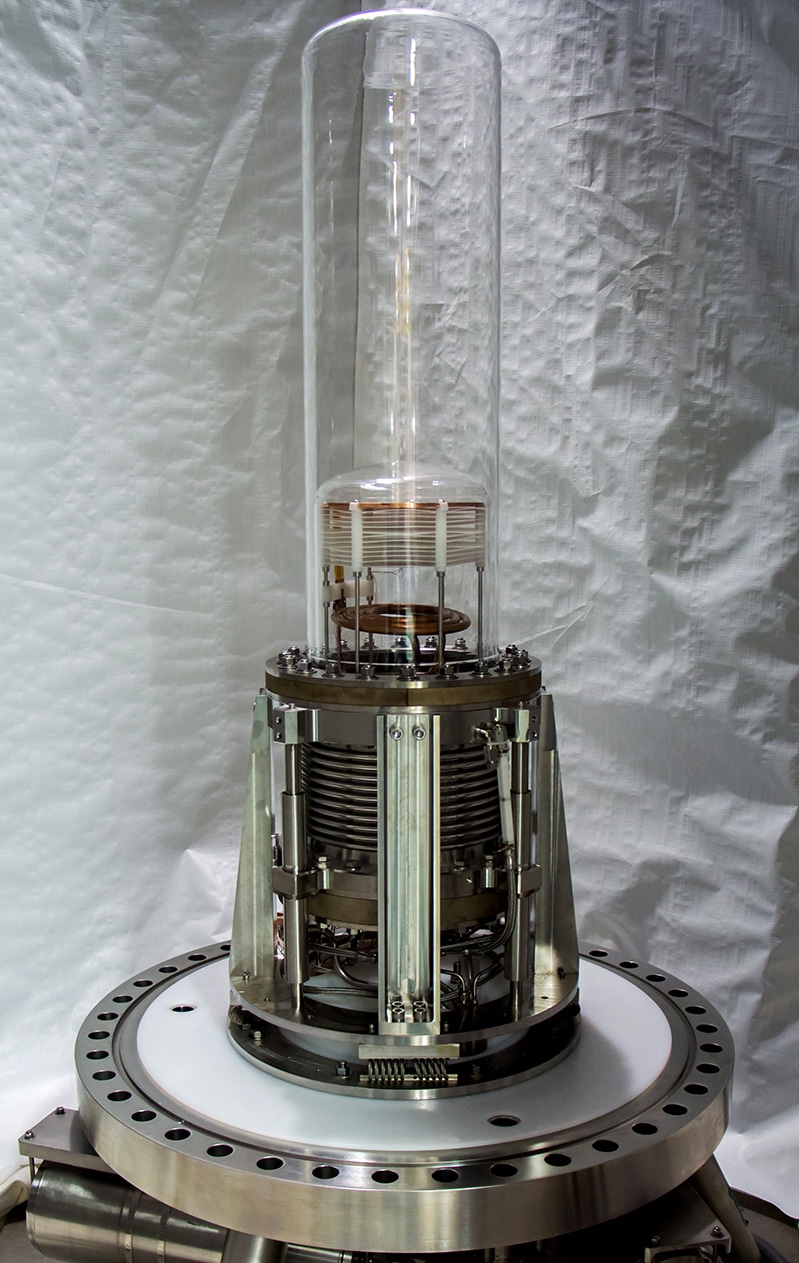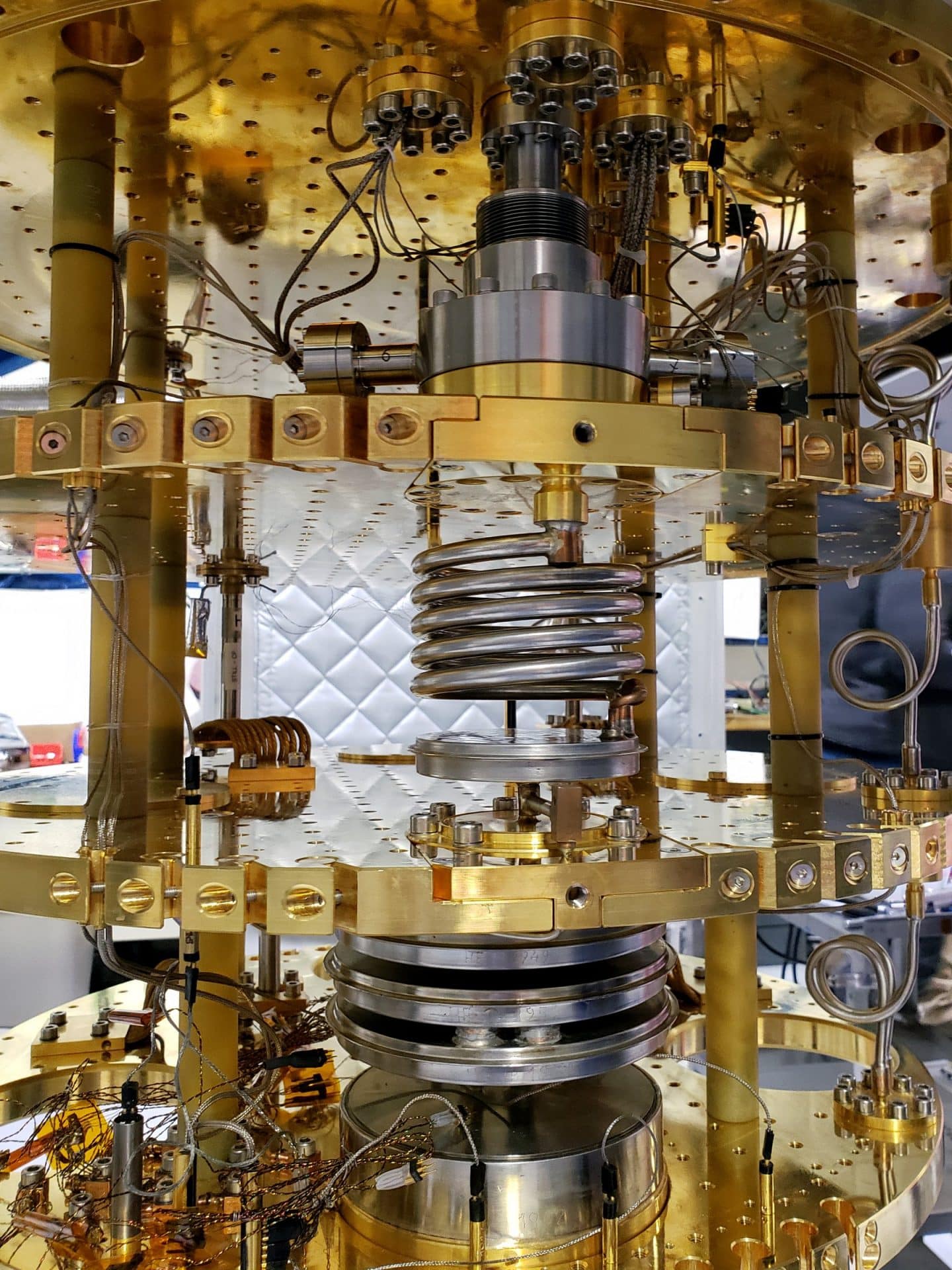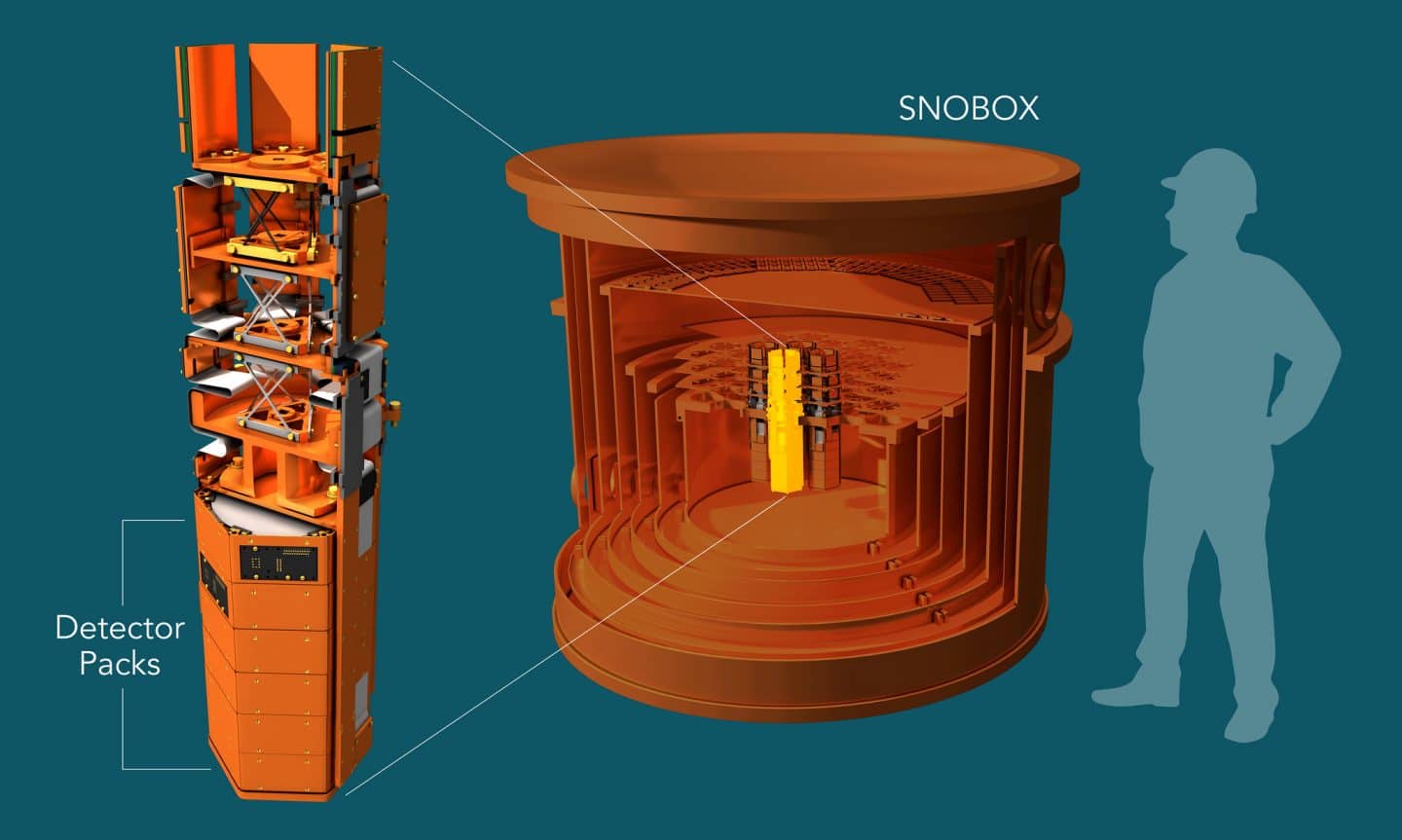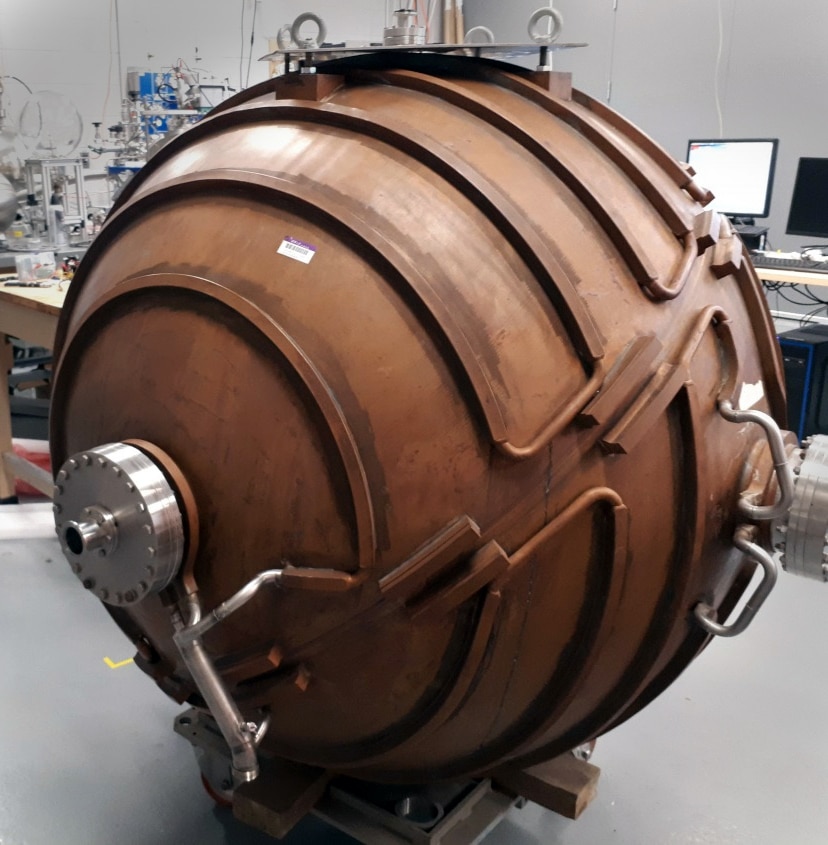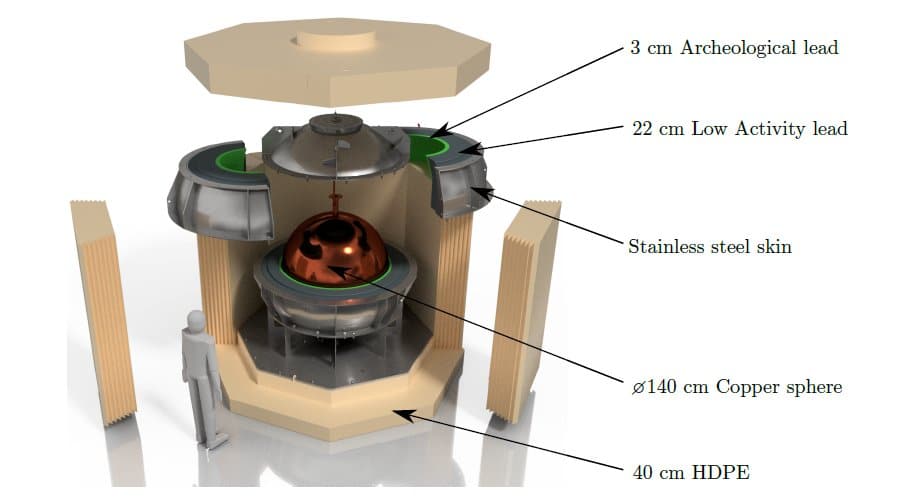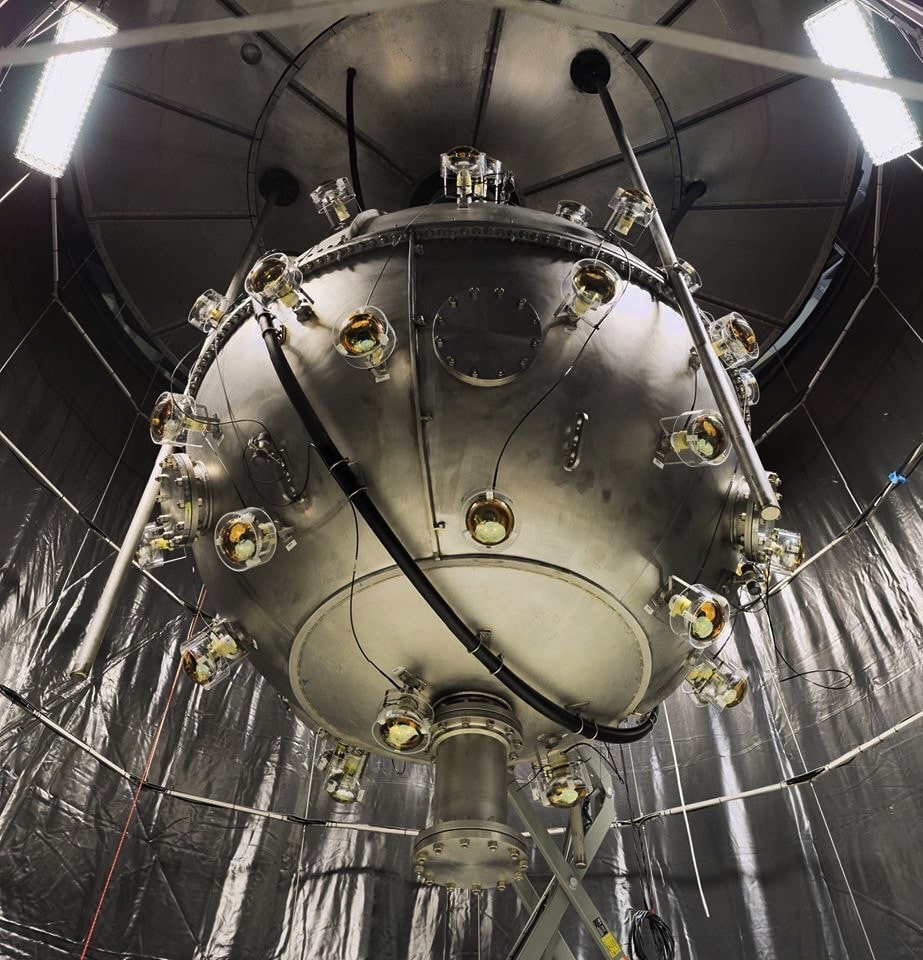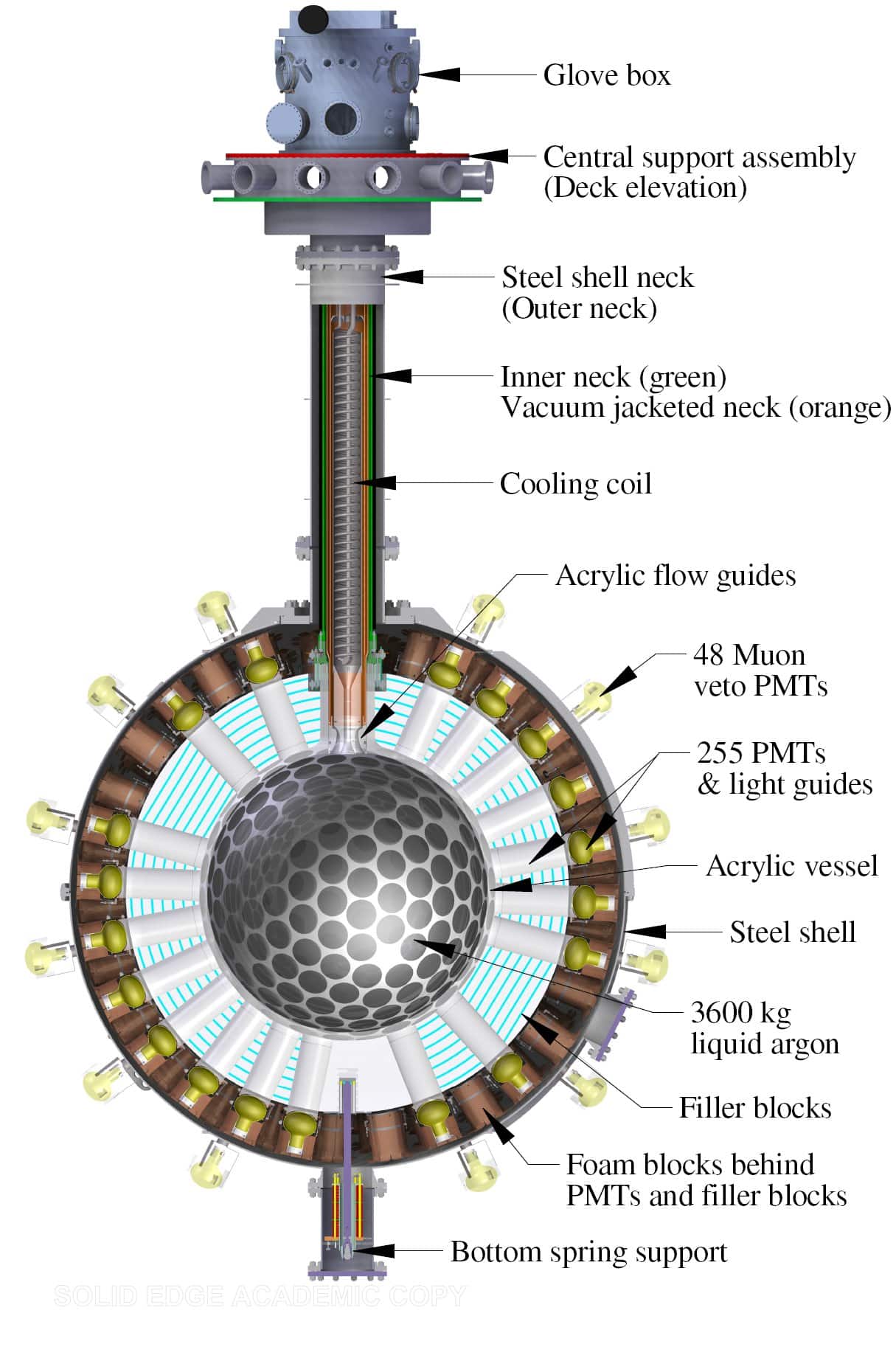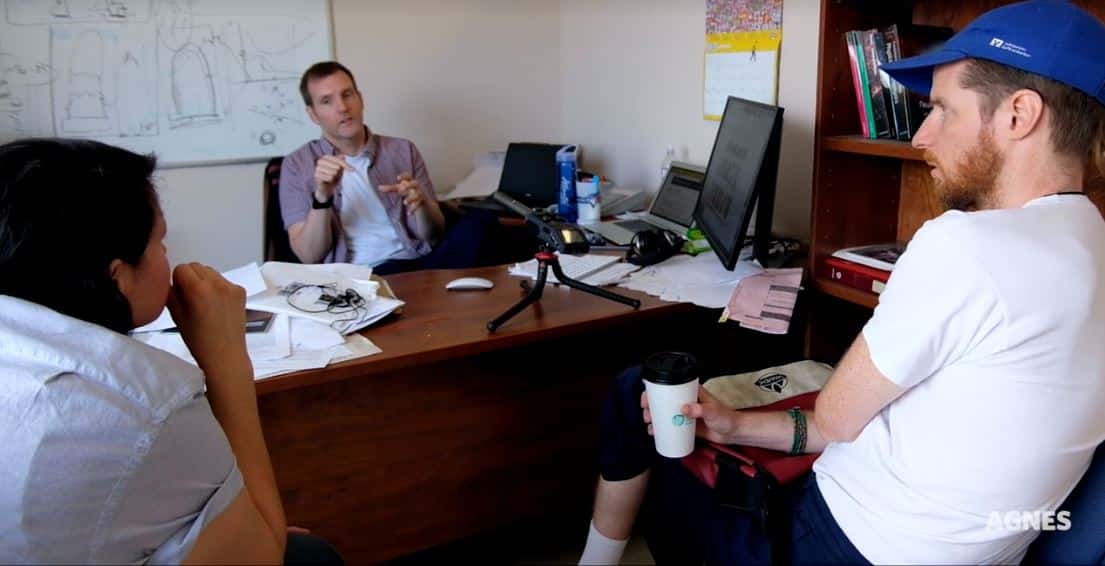The signals from dark matter interactions are predicted to be very small, so detectors are designed to be incredibly sensitive. The challenge is that dark matter particles aren’t the only things that can interact with the detectors. Other particles, such as those that make up background radiation on Earth’s surface, can also interact with dark matter detectors. These particles (many of which come from cosmic rays) would overwhelm a signal from dark matter, so we need a way to filter them out. Setting up a dark matter detector on the Earth’s surface would be like trying to hear a pin drop at a rock concert. Two kilometres of rock acts as excellent shielding and filters out most of these particles, reducing unwanted signals by a factor of 50 million. For this reason, labs searching for rare particles are located underground. Some, like SNOLAB and Boulby Laboratory, are in mines, and some, like Gran Sasso, are built inside mountains.
Cloud chambers are a way to visualize this cosmic radiation on Earth’s surface. In the video below, appearing with images of the Drift team making their descent into SNOLAB, you can see beta particles as narrow streaks that often change direction. Their heavier cousin, the muon particle, is seen through narrow streaks that do not change direction. Finally, the larger trails are caused by alpha particles. Each particle that generates a track would create noise in the data of dark matter experiments, making it impossible to see the signal we are looking for. If a cloud chamber were set up in an underground lab, you would almost never see a particle track in it because of how much the background radiation is reduced.
